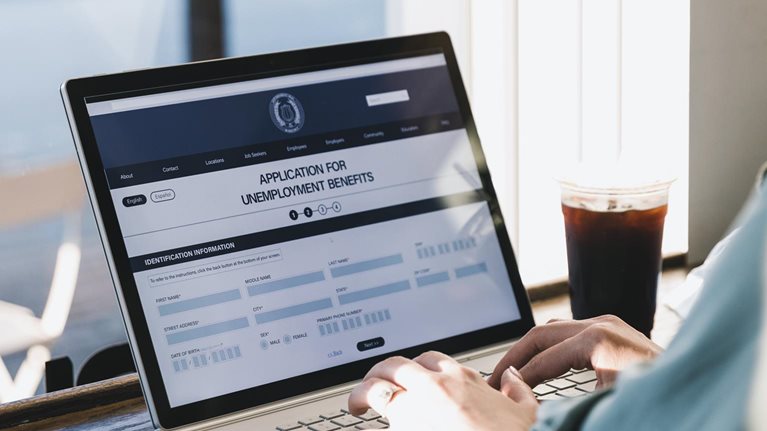Innovation in the private sector is raising customer expectations, and individuals are demanding more from the organizations with which they interact. Research shows that government lags behind the private sector in providing high-quality, end-to-end experiences that satisfy customers. Federal government services rank near or at the bottom in customer experience ratings, with most customers rating their experience as “poor” or “very poor.”1
Leaders across government recognize the opportunity to apply best practices to improve delivery of public services to customers, but compared with private entities, public-sector organizations face a unique set of challenges. These include a vast scope of services to be modernized, a variety of stakeholders with different needs and constraints, complex funding and procurement mechanisms, and legacy technologies that may not support current customer experience (CX) goals. In this environment, it can be challenging for government to deliver customer experiences that match the expectations set by leading consumer companies.
In February and March of 2023, we conducted a survey of 30,000 customers to assess their experience with more than 40 high-impact service provider (HISP) commitments and five life experiences prioritized in the 2021 executive order on transforming customer experience in federal agencies.2 The survey was centered on the core journeys within each service that shape CX; the difficulty of engaging with government services (known as the customer burden or “time tax” for each service); how well HISPs are meeting the Office of Management and Budget’s (OMB) expectations of good government as being simple, seamless, secure, and equitable; and how these experiences affect customer satisfaction and trust in government. We analyzed the results using advanced statistical modeling to better understand what matters most to customers and how each service performs against those criteria.
The intent of our benchmark research is to create a customer baseline for 2023 performance, as well as enable agencies and HISP leaders to understand and prioritize the changes that could have the greatest impact on improving service delivery. Leaders could gain insights from questions such as the following:
- Solutions. What types of solutions could my agency focus on to improve satisfaction?
- Customer burdens. Which aspects of customer burden (for example, clarity of information and redundancy of forms) should my agency focus on to have the greatest impact?
- Specific pain points. Is it best for my agency to invest in improving a specific journey step or a full end-to-end journey?
- Trust. How does satisfaction correlate with trust in my agency and/or anxiety for those needing services?
- Inclusivity. What are the differences in experience for different groups, particularly underserved communities? How do we ensure an equitable experience?
Our research reveals five key insights:
- All government services have improved in the past 12 months. Still, a 27-point spread persists between the highest and lowest CX scores, with some services setting the bar for others.
- Experiences vary across communities. Despite satisfaction improvements, there are still significant inequities for people of color and low-income individuals. This gap doubles for life experiences compared to individual services.
- Customer experience matters. An increase in customer satisfaction correlates with both increased trust and decreased anxiety with government services.
- Customer burden has an impact on experience. Finding information, time required to complete tasks, and redundancy of forms all contribute to customer burden.
- Digital self-service solutions can improve customer experience. While all channels (or ways of engaging) need to work, our survey participants overwhelmingly want easy and comprehensive digital solutions. Six of the most preferred solutions are related to self-service, which digital technologies make much less expensive than call center and in-person service.


























